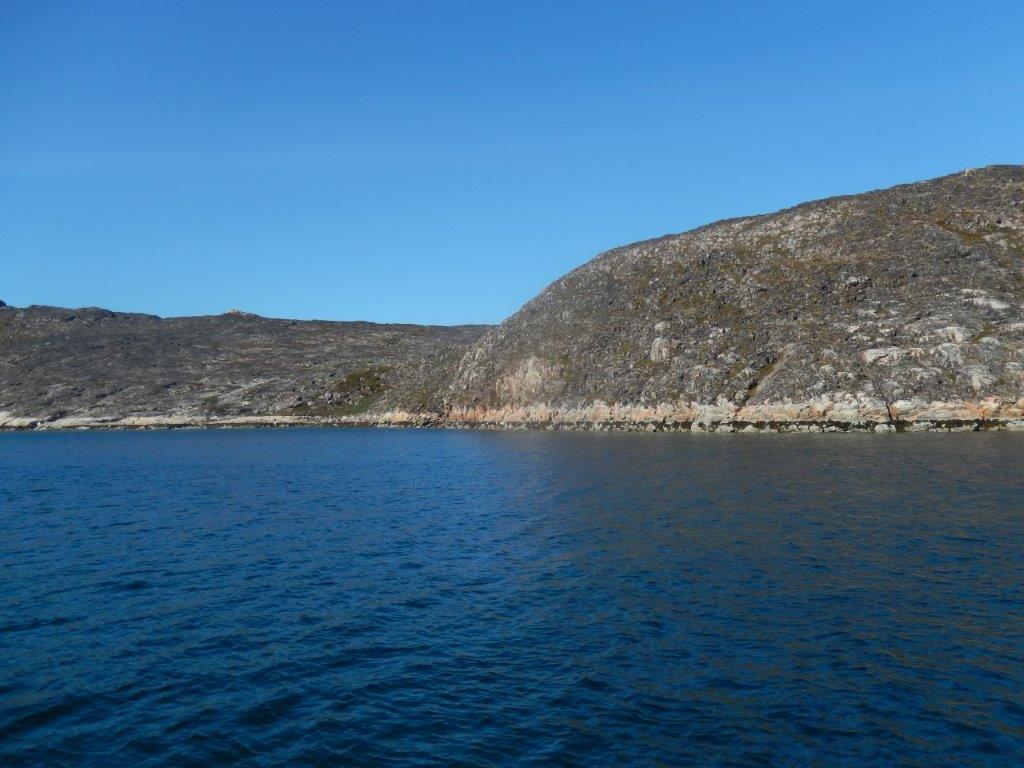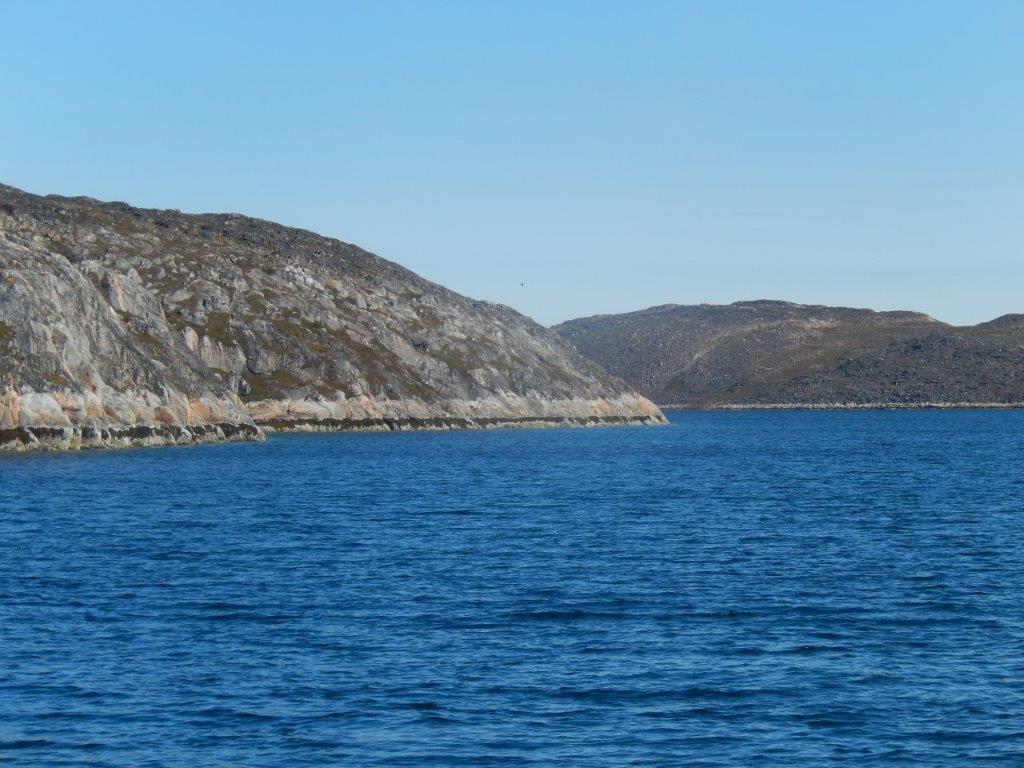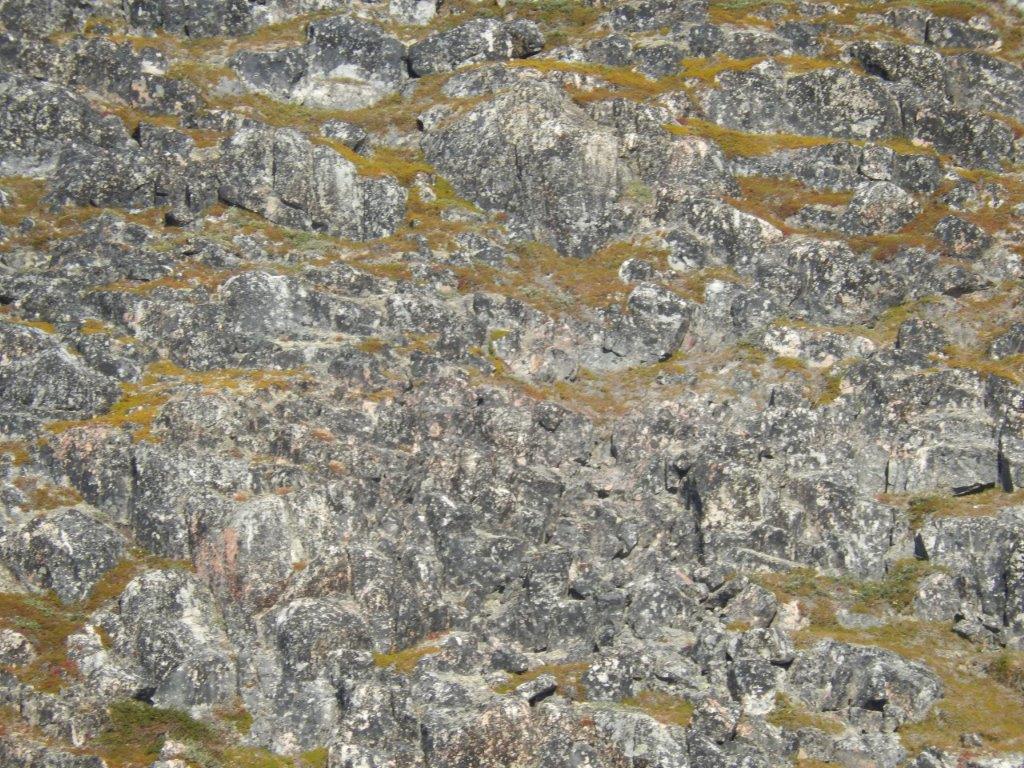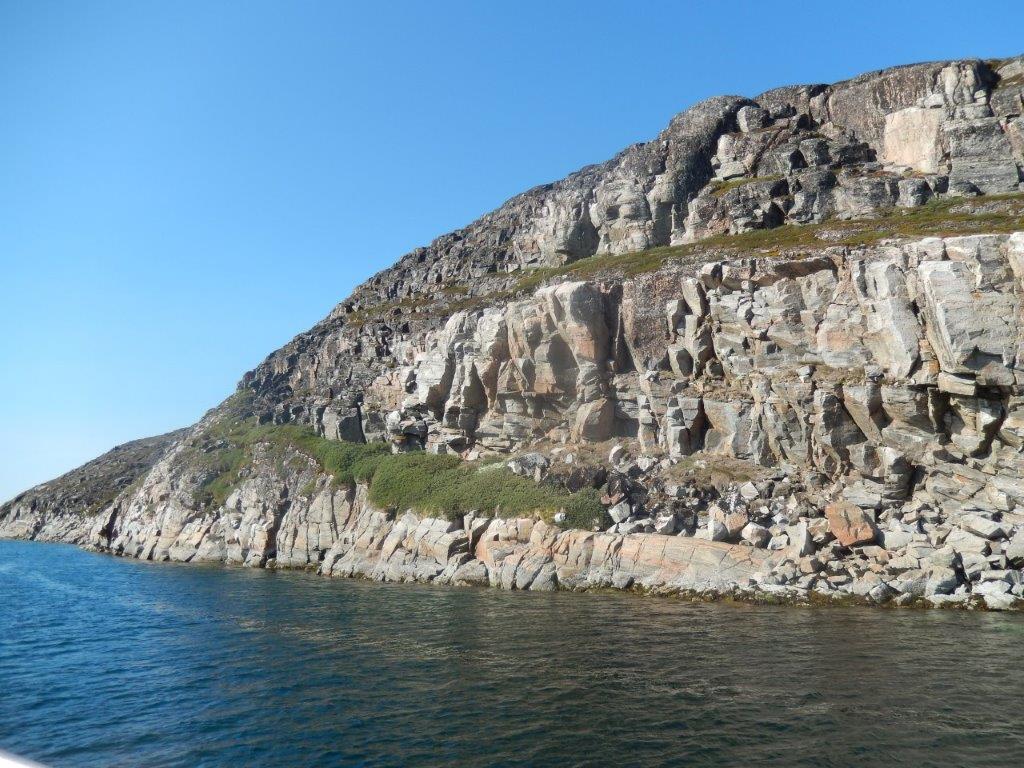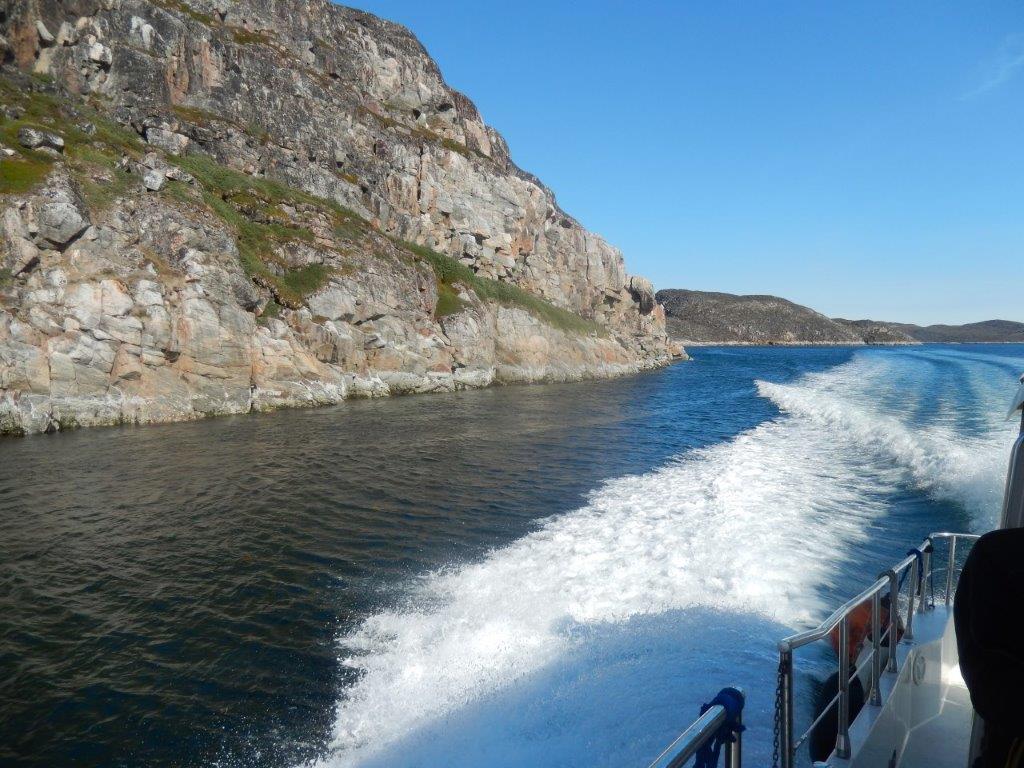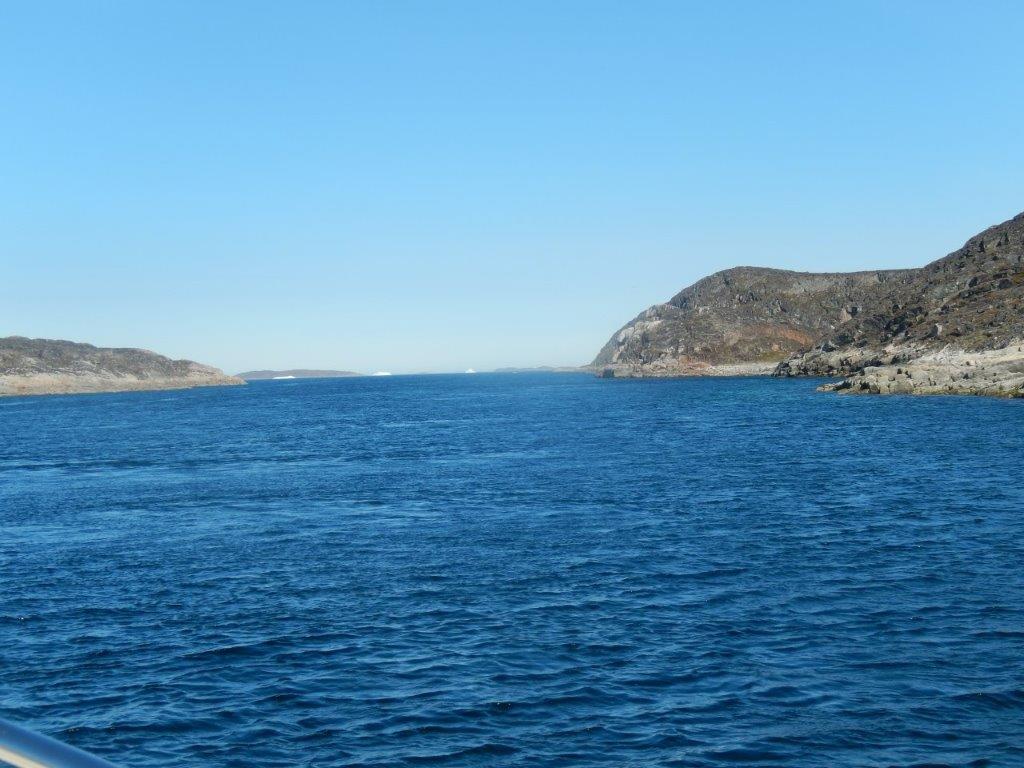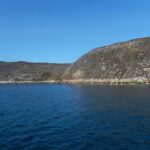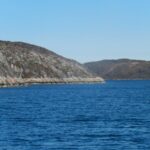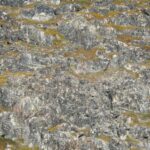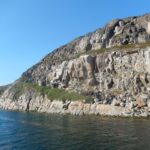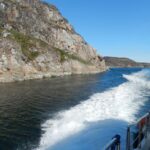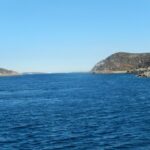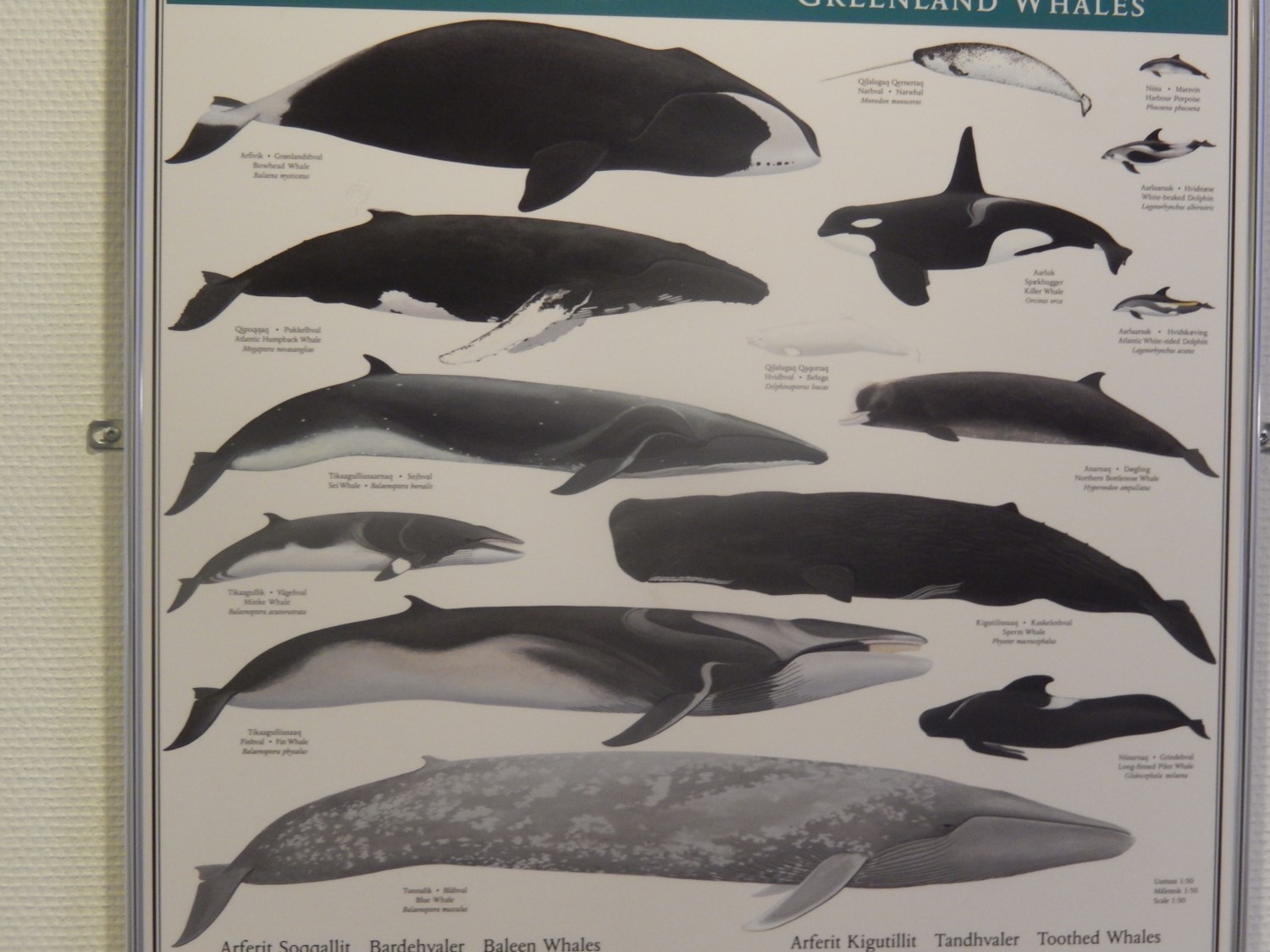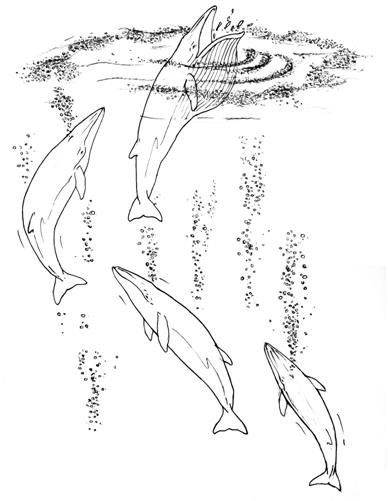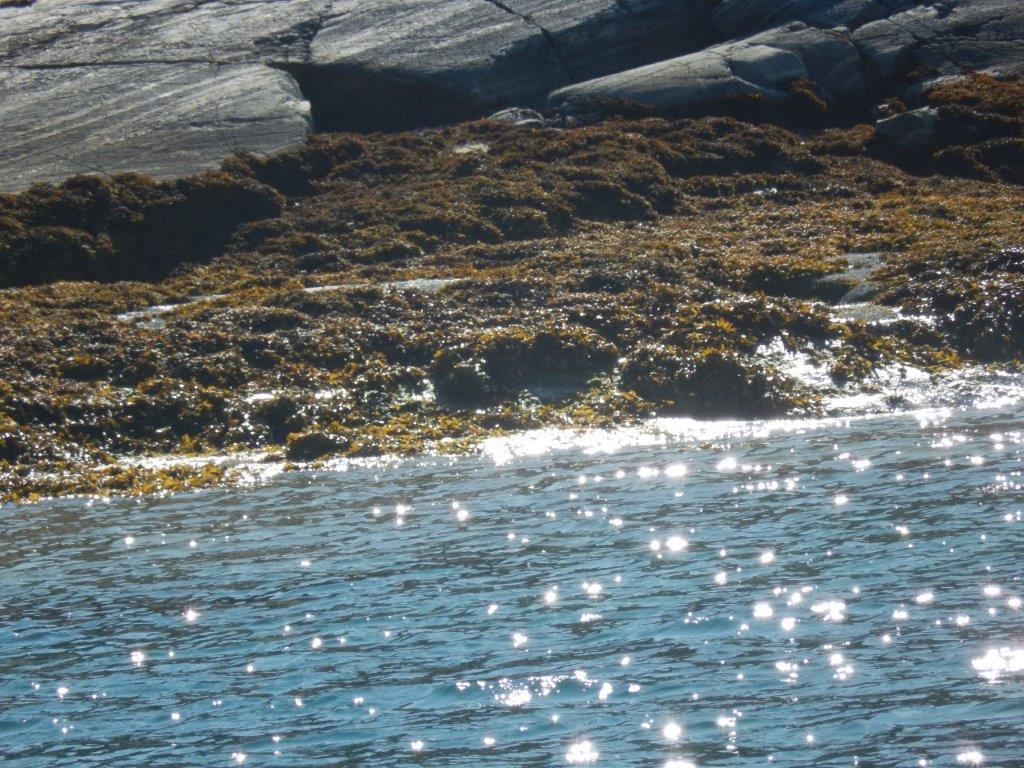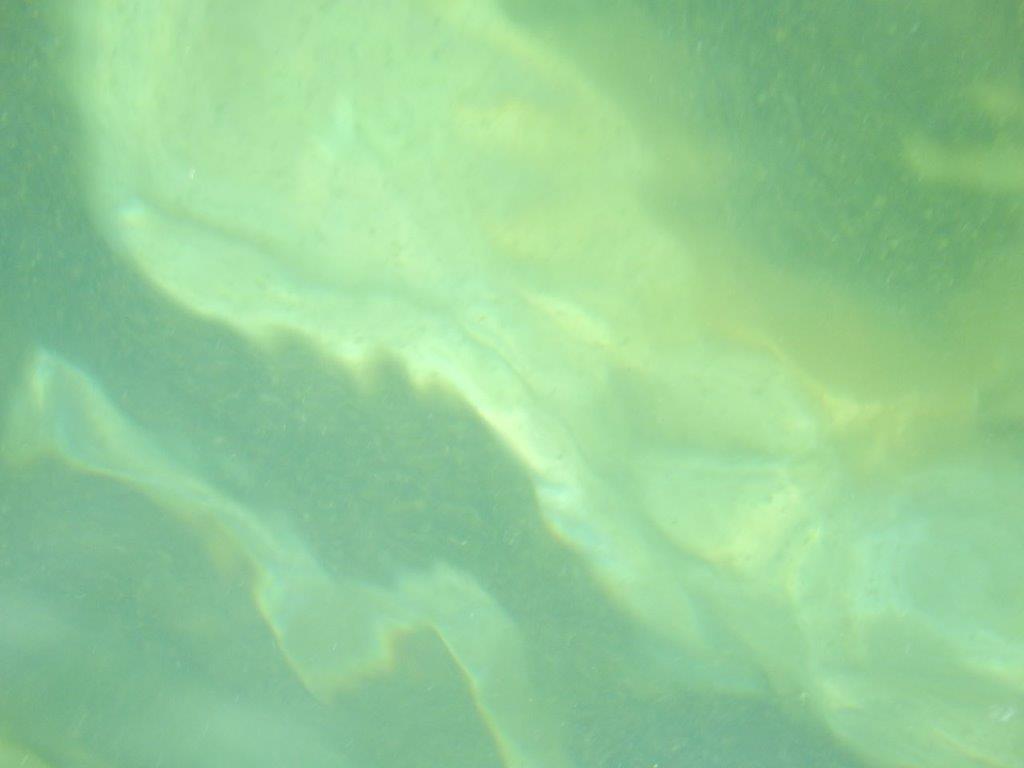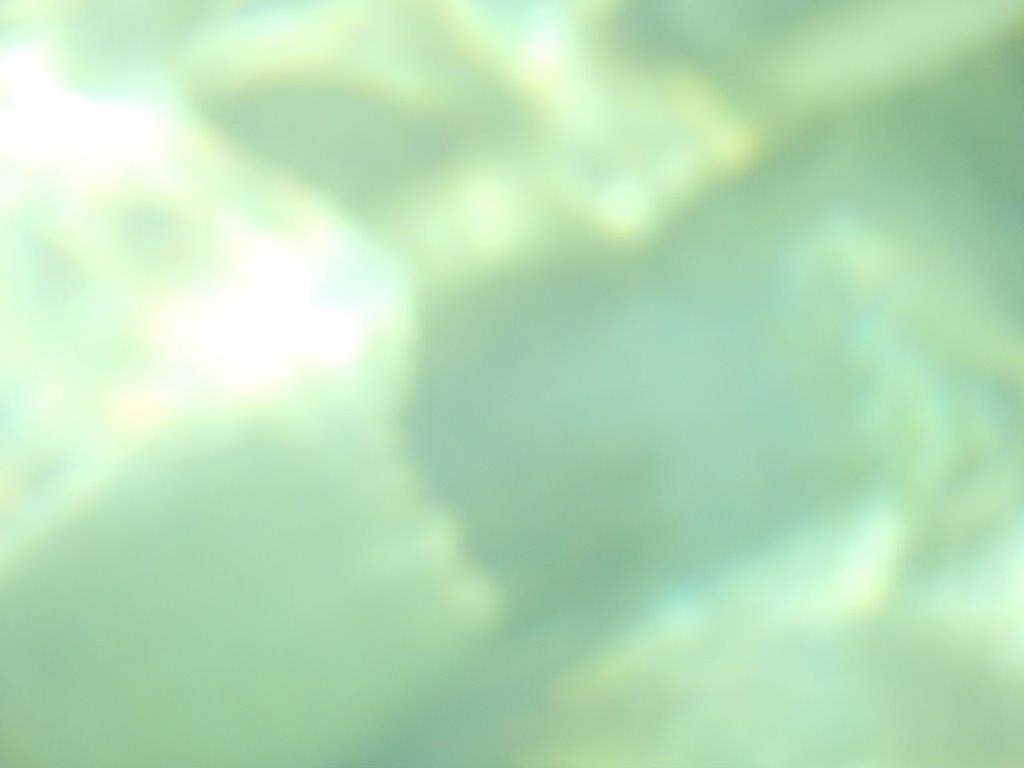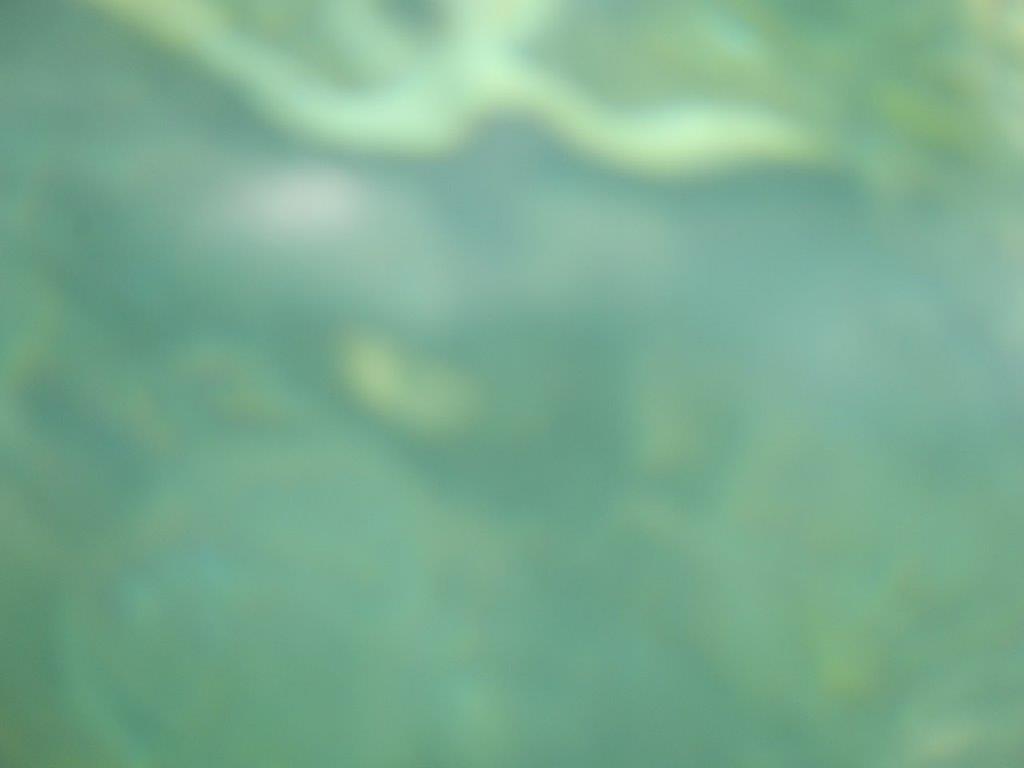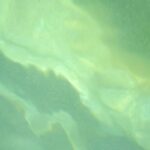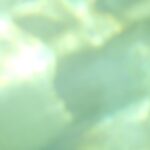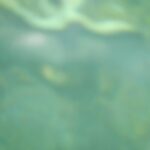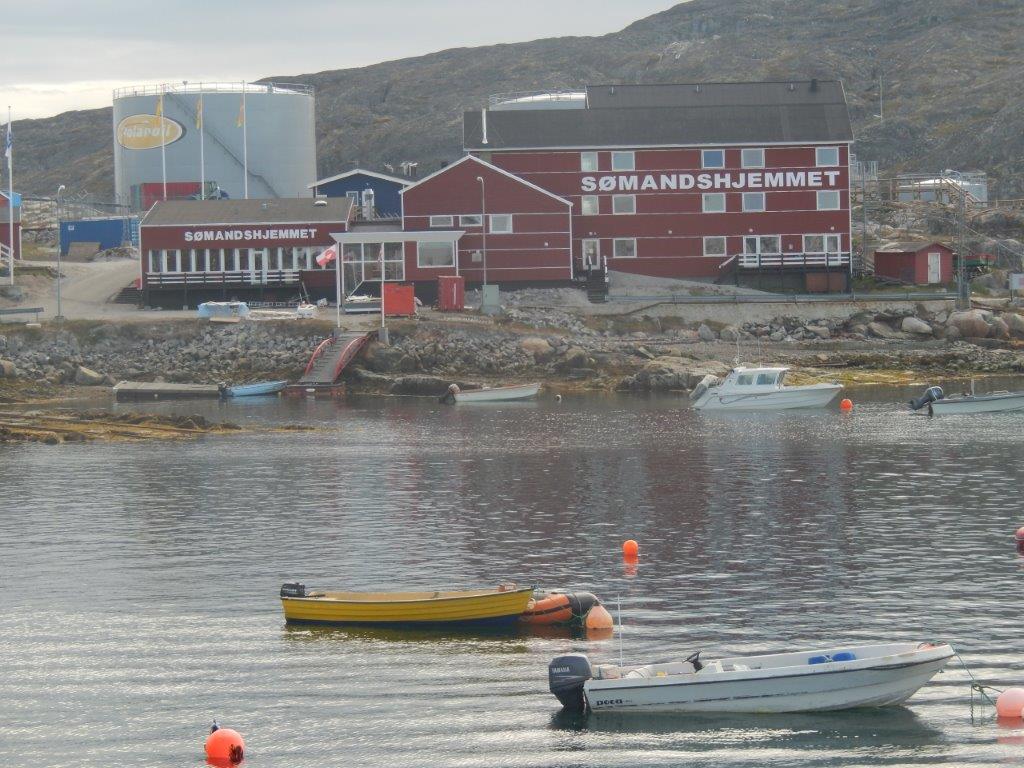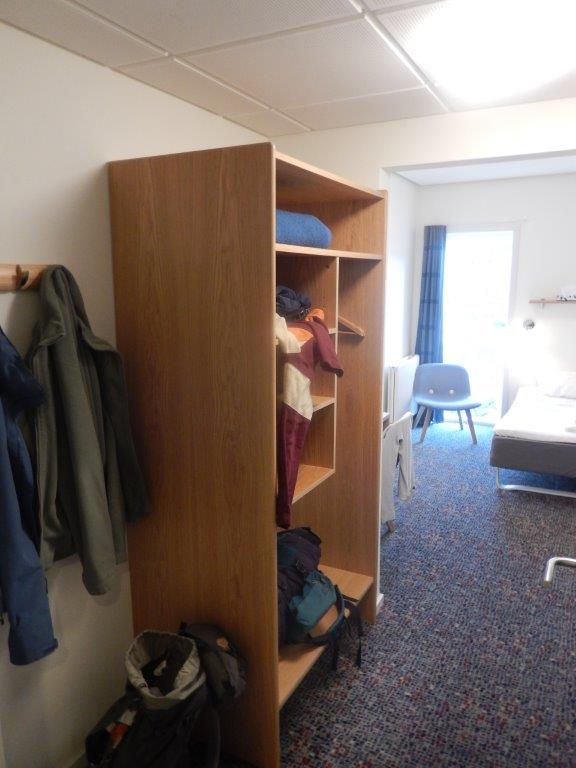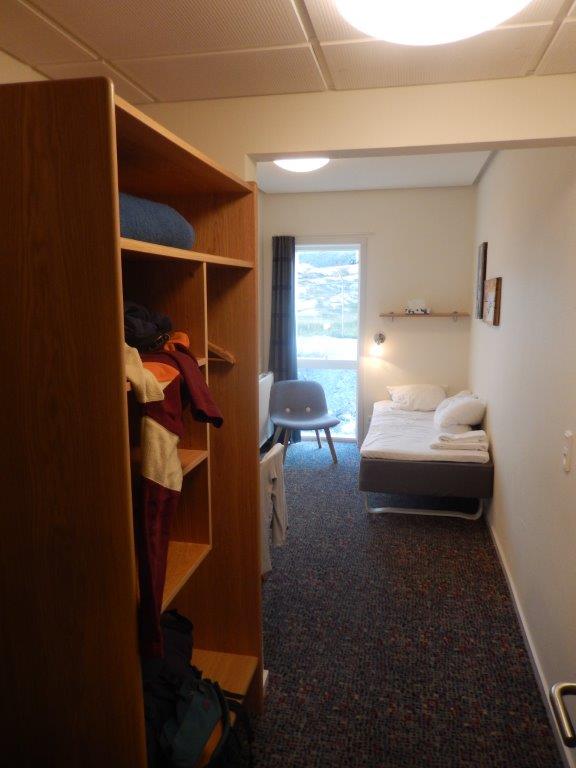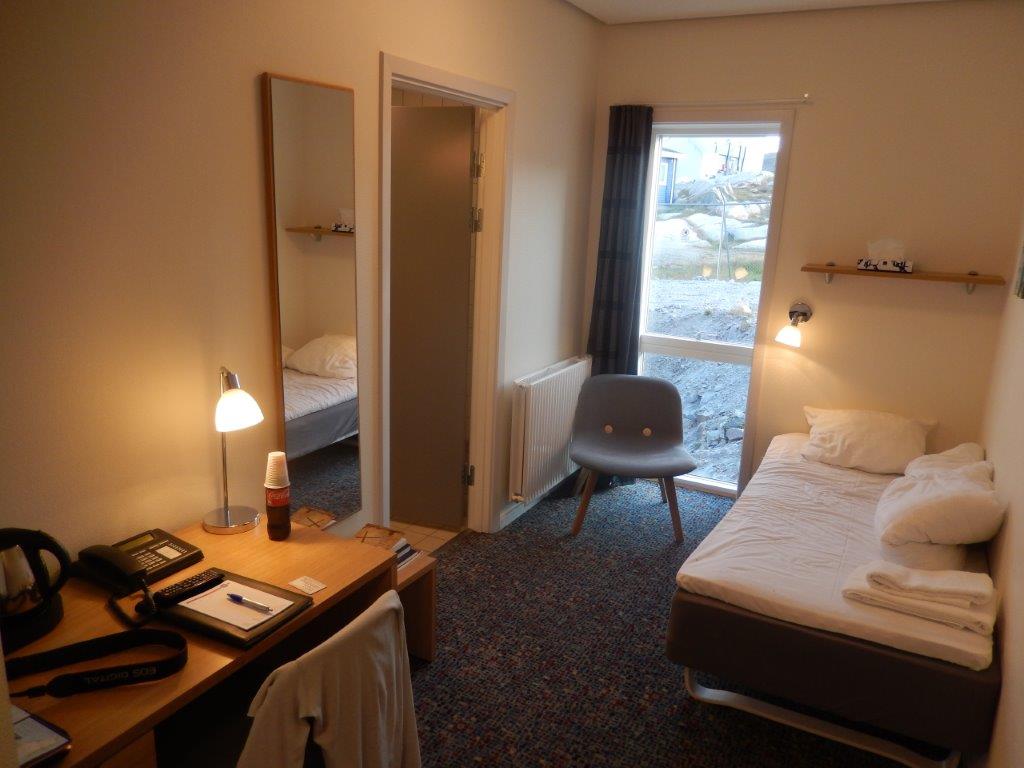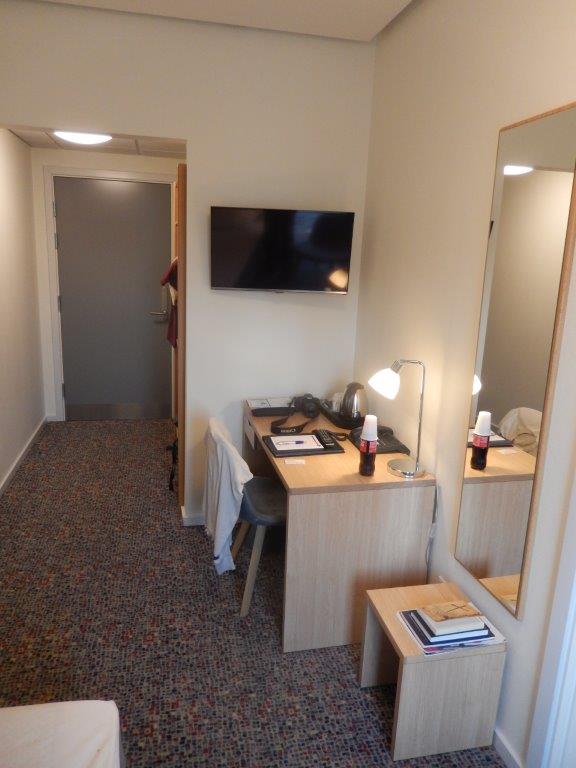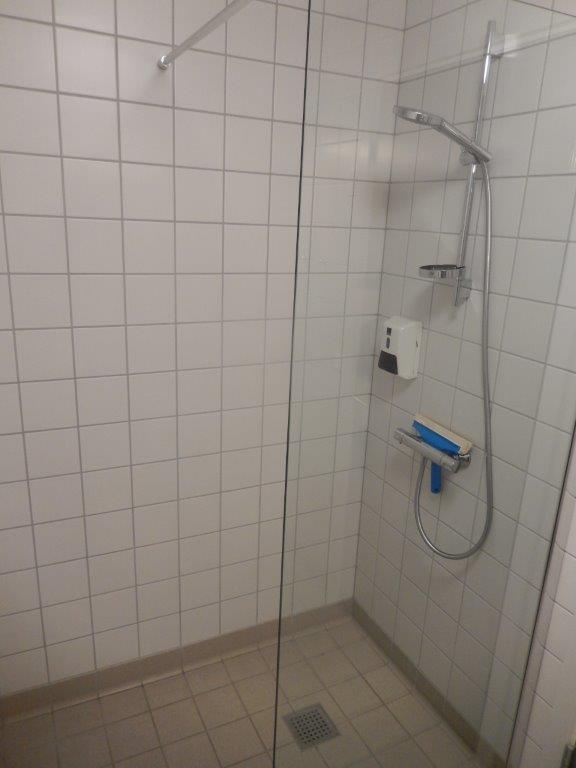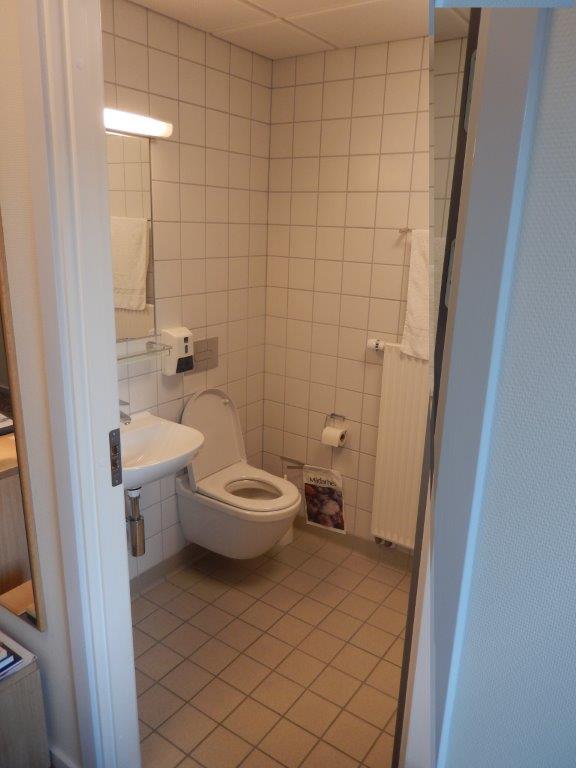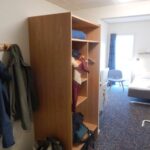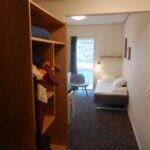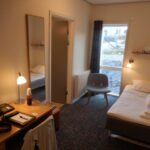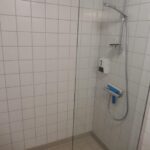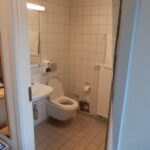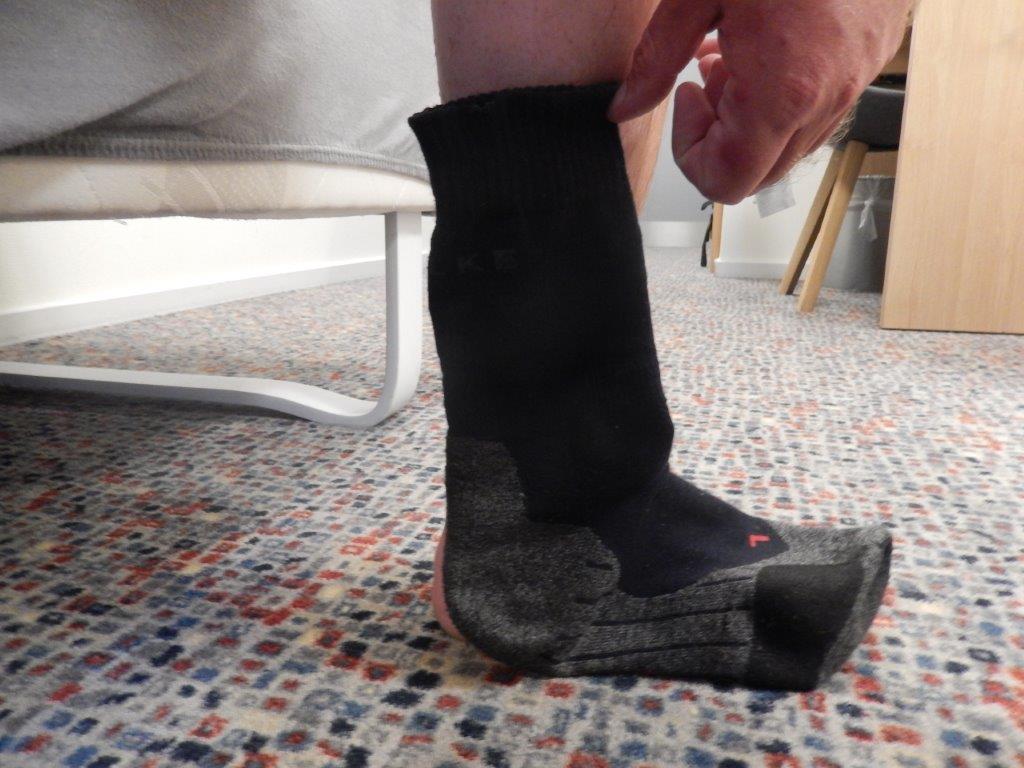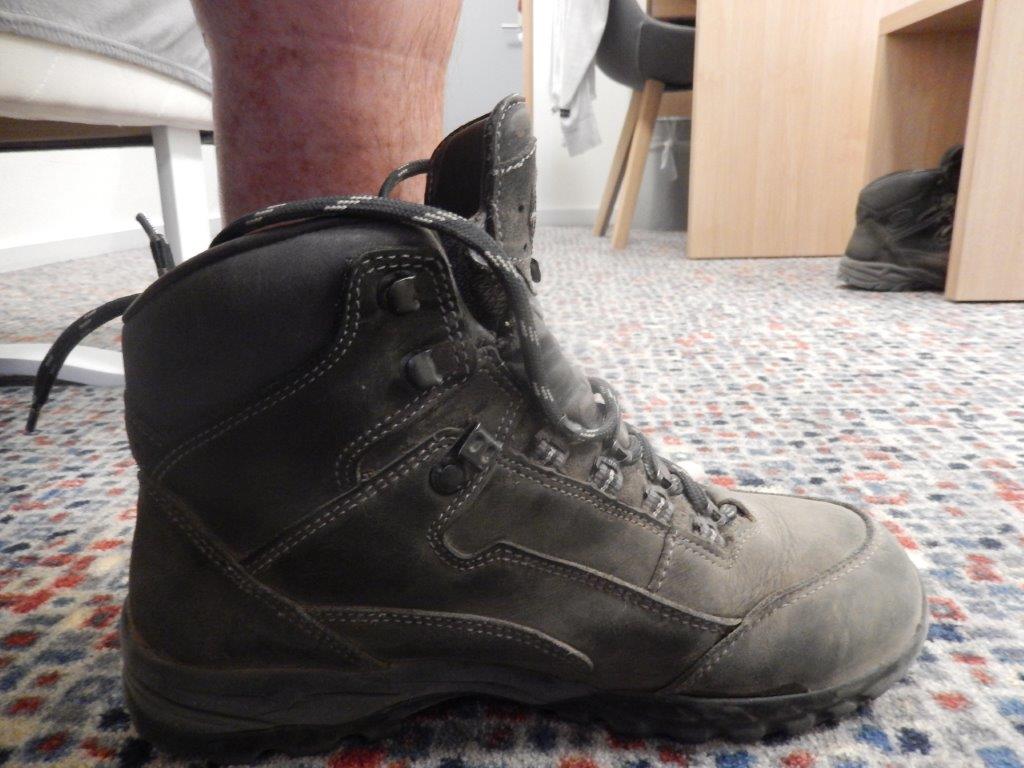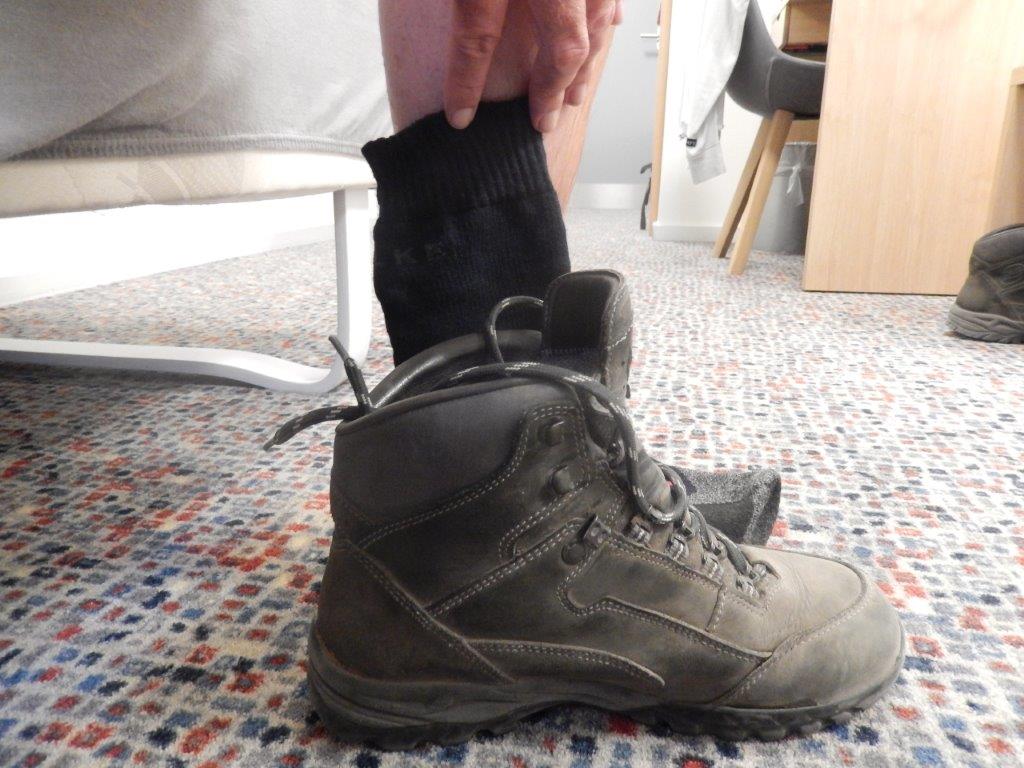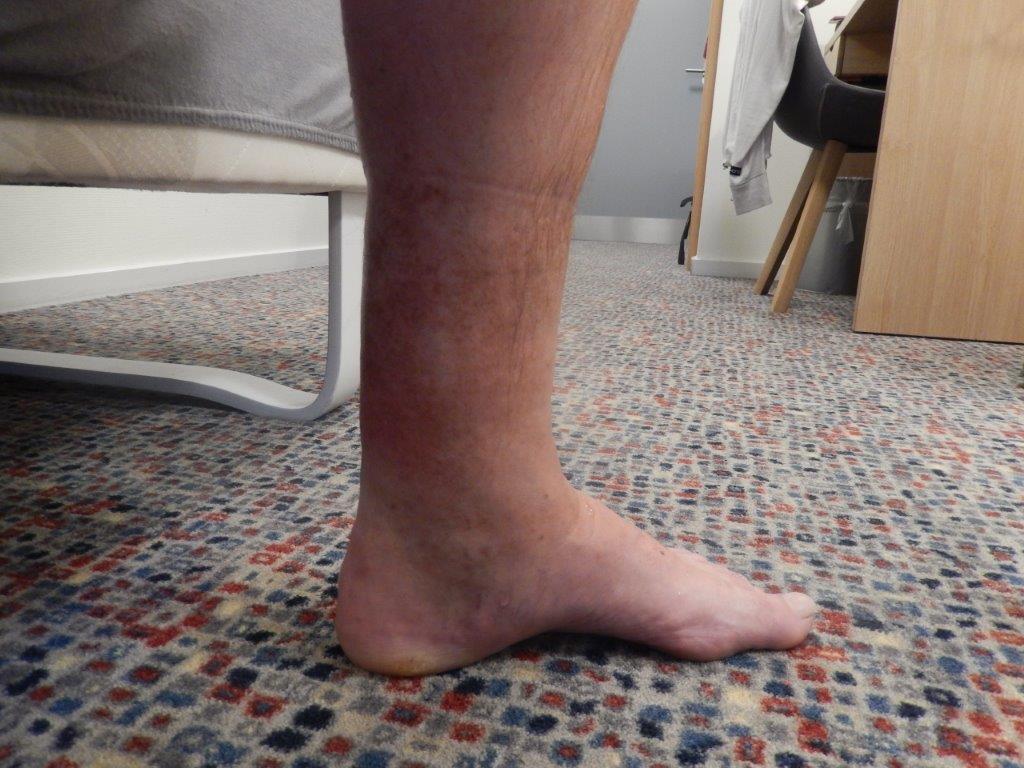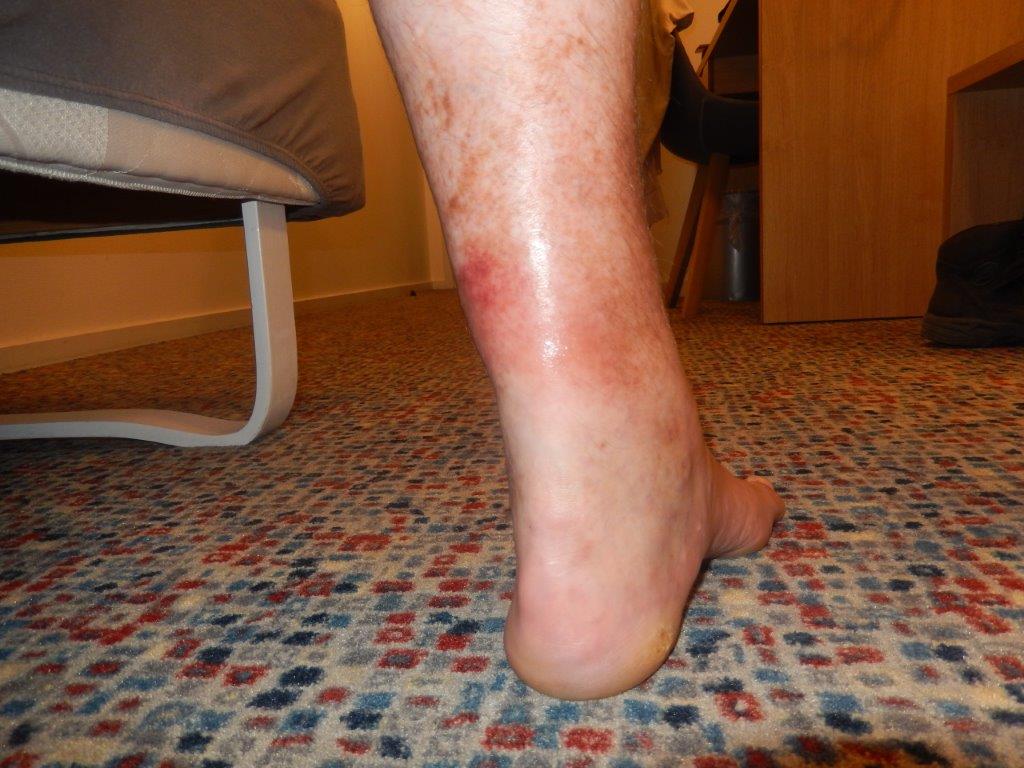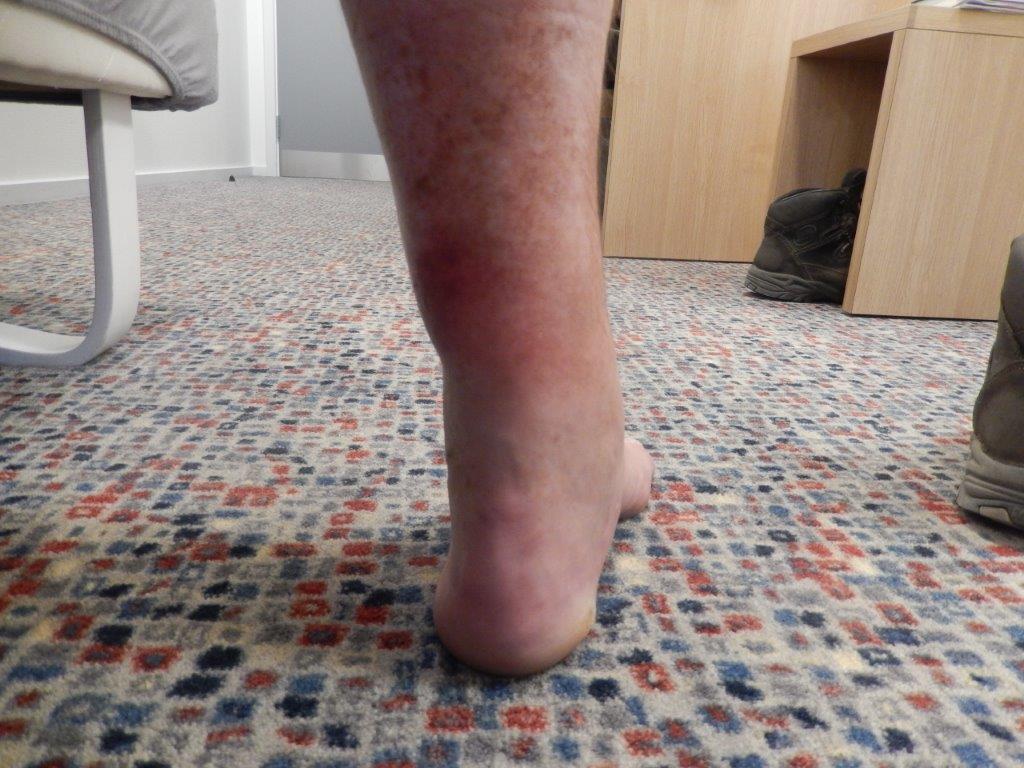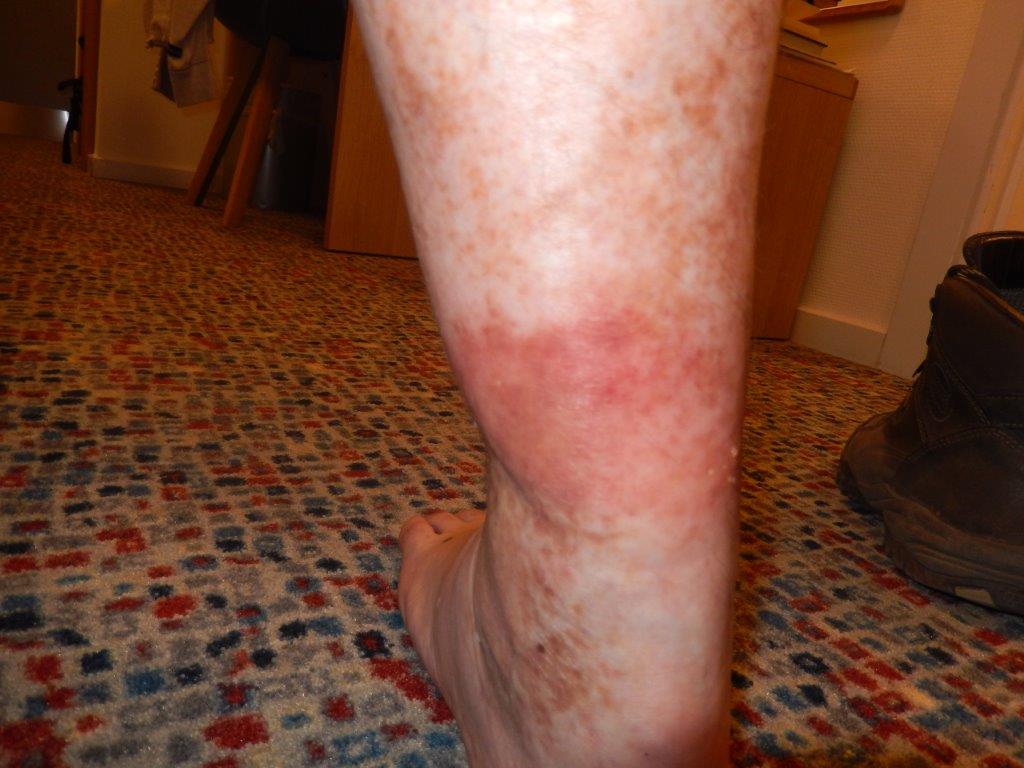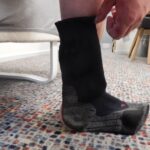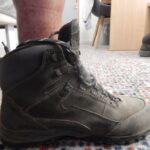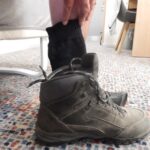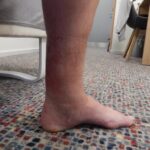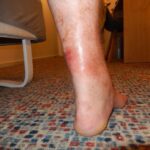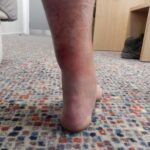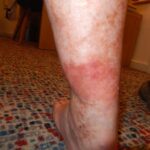39. Greenland: Another whale hunt and visit to a whale grave
The Aasiaat archipelago
After a very late arrival at the Aasiaat, the main settlement of the Aasiaat archipelago, The Wandelgek boarded another ship and was off for a whale safari…
Aasiaat is sometimes referred to as the “Town of the Whales“, since marine mammals such as whales and seals are a common sight.
Although there had been a lot of whales near Illulisat, nothing prepared The Wandelgek for the amount of whales seen in this area.
This was an area of loads of tiny islands which luckily protected the ship from the storm…
The largest island of the Aasiaat Archipelago is Saqqarliup Nunaa, which is uninhabited, but has buildings to accommodate tourists. On the western tip of the island is the abandoned village of Manermiut. As of 2013 the total population of the archipelago is spread among three settlements:
- The town of Aasiaat (3,142 inhabitants), is located on the namesake island just northwest of Saqqarliup Nunaa.
- The settlement of Akunnaaq (98 inhabitants) is located on the namesake island just northeast of Saqqarliup Nunaa, 23 km (14 mi) east-north-east of Aasiaat.
- The settlement of Kitsissuarsuit (87 inhabitants) is located on the small namesake island (Danish Hunde Ejland, for the village and the island), 21 km (13 mi) northwest of Aasiaat.
Another abandoned village is Vester Ejland on the namesake island, the westernmost of the archipelago, 29 km (18 mi) west-south-west of Aasiaat.
Whales
They fascinated us through the ages. We admired them, we worshiped and idolated them. We feared them and this fear entered our literature.Then we thought we understood them and started to hunt them for food and later for petty profit and totally unnecessary products. Then we noticed their intelligence and their beautiful brains, their singing and their complex hunting techniques and finally we started to value them as what they really are. Our companions, stuck on this little blue planet, speeding through the universe, which is as far as we know, still the only planet containing…LIFE.
A few minutes after leaving shore, the 1st call for whales could be heard and beneath are some of the best sightings turned into animated gif’s and pictures.
 Normally the sea birds indicate where we can expect whales to surface. Sometimes we see the breath puffs of water spray, like fountains above the water and if we’re lucky a whale surfaces…
Normally the sea birds indicate where we can expect whales to surface. Sometimes we see the breath puffs of water spray, like fountains above the water and if we’re lucky a whale surfaces…
Bubble Net Feeding by Whales
Bubble-net feeding is a feeding behavior engaged in by humpback whales and Bryde’s whales. It is one of the few surface feeding behaviors that humpback whales are known to engage in. This type of feeding can be done alone or in groups with as many as twenty whales participating at once. Whales can also perform a similar method of surface feeding called “lunge feeding”.
Bubble-net feeding is a cooperative feeding method used by groups of humpback whales. This behavior is not instinctual, it is learned; not every population of humpbacks knows how to bubble net feed. Humpback whales use vocalizations to coordinate and efficiently execute the bubble net so they all can feed. As the group circles a school of small fish such as salmon, krill, or herring, they use a team effort to disorient and corral the fish into a “net” of bubbles. One whale will typically begin to exhale out of their blowhole at the school of fish to begin the process. More whales will then blow bubbles while continuing to circle their prey. The size of the net created can range from three to thirty meters in diameter. One whale will sound a feeding call, at which point all whales simultaneously swim upwards with mouths open to feed on the trapped fish. As the whales swim up to the surface to feed they can hold up to 15,000 gallons of sea water in their mouths. Humpback whales have 14 to 35 throat grooves that run from the top of the chin all the way down to the navel. These grooves allow the mouth to expand. When they swallow they stream the water out through their baleen as they ingest the fish. The fish that they ingest are also a source of hydration for them. Bubble netting is an advanced and necessary feeding method developed by humpback whales to feed multiple mouths at one time.
During this Whale hunt, The Wandelgek saw several whales using the bubble net feeding method and was able to capture one of those on camera…
Notice the birds circling above the spot where the whales surface?. These birds notice the bubbles and the chaos inflicted on the prey animals, long before the whales surface. They are opportunists, catching fish shortly before and after the whales surface and finish their meal.
Humpback whales do not always feed in large groups. On their own, they feed using a similar method referred to as lunge feeding. It is similarly executed as the whale dives down beneath a school of fish and rises to the surface with its mouth wide open. Once it reaches the surface it swallows, separates the fish from the saltwater, and expectorates the excess water.
 Beneath is yet another whale showing off in the flickering of the sunlit water…
Beneath is yet another whale showing off in the flickering of the sunlit water…
Whale mother and child
A child stays for a long time in its mother’s direct vicinity. That way it is well protected against predators and it is able to learn from its mother’s experience in life, e.g. in communicating, finding food, hunting, etcetera.
 I did not have a tripod to create these animated gifs, but I think a tripod would not have helped to reduce the shocking of the images, because it is caused by the rocking of the boat on the waves… What does help is editing of the images in retrospect, which I did with a few animated gifs in this blogpost: A mad Whale party, but it is a lot of work. Maybe I should film the whales next time I see them 😉
I did not have a tripod to create these animated gifs, but I think a tripod would not have helped to reduce the shocking of the images, because it is caused by the rocking of the boat on the waves… What does help is editing of the images in retrospect, which I did with a few animated gifs in this blogpost: A mad Whale party, but it is a lot of work. Maybe I should film the whales next time I see them 😉  The next animations were shot from whales that were really close to the boat…
The next animations were shot from whales that were really close to the boat…
Whale graveyard
Is there anything in this world like a whale graveyard. Well it definitely appears so. In Greenland native Inuit whale hunters as well as colonial whale hunters from Holland and Denmark have been active through history. The boat now visited a location on one of the islands in the Aasiaat archipelago, where hunted whales were carried on dry land and subsequently the skin and meat were stripped from the whale bones which were left to bleach in the sun. Due to the rising of the water level through the past centuries, these have now disappeared beneath the water and are difficult to find unless someone knows where whales were processed. The fact that the bones were left behind and the enormous amount of bones suggest that this spot was a real slaughterhouse where colonial whale hunters processed the caught whales. Native Inuit whale hunters were unlikely to spoil the bones, but would instead find uses for those bones too. Well that is not completely true according to many internet sources. There are reports of large whale slaughters on beaches by natives as well. Why the bones are left behind is not clear.
When the motor stopped and the boat just floated quietly above the supposed whalegrave, The Wandelgek looked down and saw a large quantity of white bones beneath the shimmering water. The pics below aren’t that good, but they do give a general idea of how the white, sunbleached whale bones spookily shimmered through the undeep, softly stirring water:
Let’s return to whales that are alive…
 And then I saw these 3 whales together…
And then I saw these 3 whales together…
 After a few hours the boat returned to the harbour area of the village of Aasiaat. Then the wandelgek went to the Sømandshjemmet (meaning Seemans Heim or Seaman’s Home) for dinner a few drinks and spending the night.
After a few hours the boat returned to the harbour area of the village of Aasiaat. Then the wandelgek went to the Sømandshjemmet (meaning Seemans Heim or Seaman’s Home) for dinner a few drinks and spending the night.
Because this is a Christian run accommodation, originally for seafaring people, they do not offer alcoholic drinks like wine, beer or the heavier stuff. I was a bit disappointed about that because I did like to drink a beer so near to the end of my Greenland journey. Tomorrow morning The Wandelgek would fly back to Kangerlussuaq and in the afternoon back to Copenhagen where he had planned to stay for a couple of days before returning to Amsterdam.
But life can’t be planned 😀
Everything planned changed and it started with the Sømandshjemmet offering very light alcoholic beers after all. Cheers!
The room at the Sjömanshjemmet was nice:
These next pics might be a bit grose but they do show that you cannot underestimated the determination of arctic mosquitoes to obtain your blood…
They had been crawling and wriggling into my socks and even my shoes again, just like they had been doing back in 1993 and in 1997 when I visited the arctic in Scandinavia.
After a good meal and some drinks in the restaurant, The Wandelgek went to his room for a quick shower and to bed to sleep. “Next day would be an early and quite long travel day”… he still thought.

